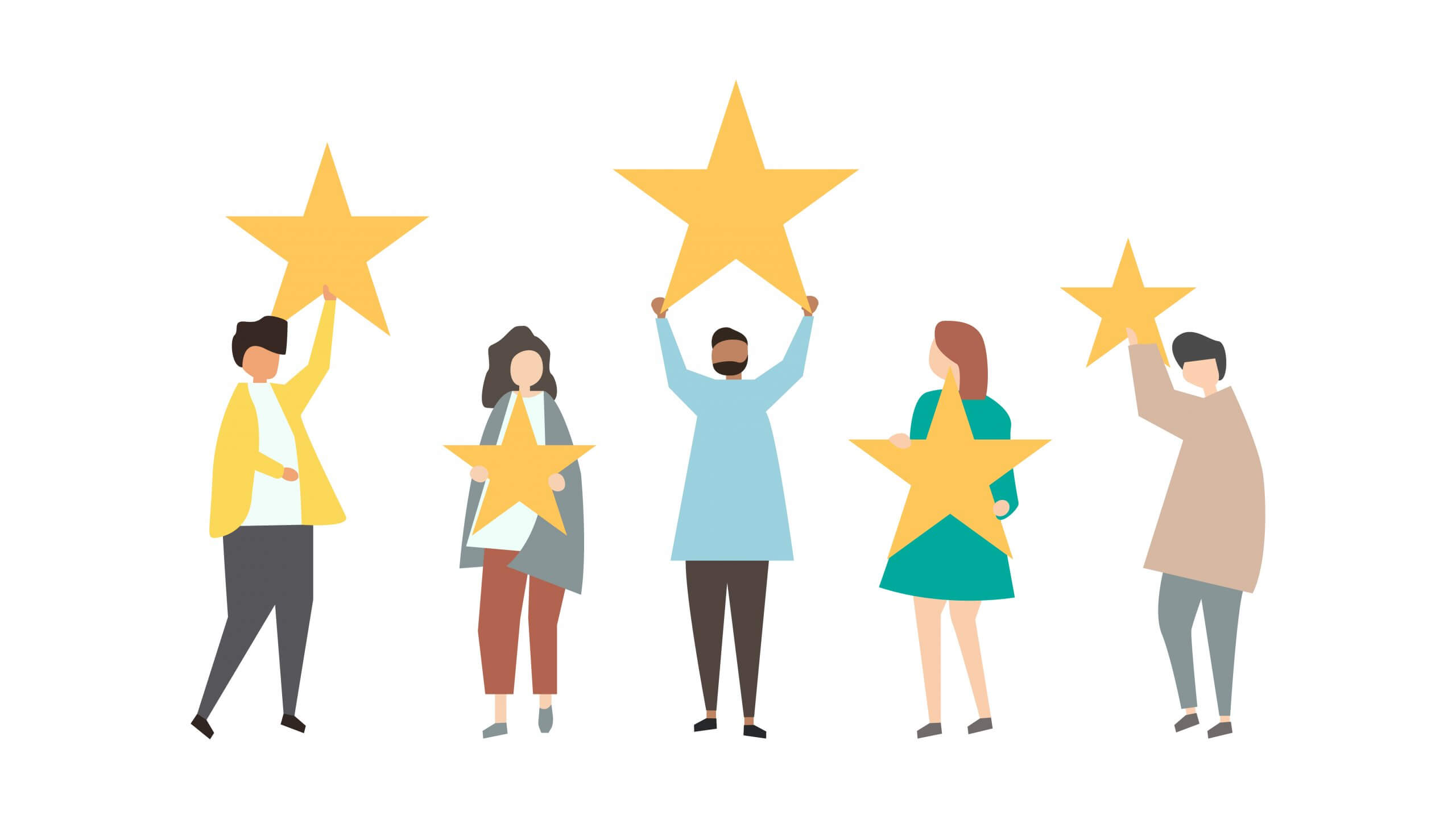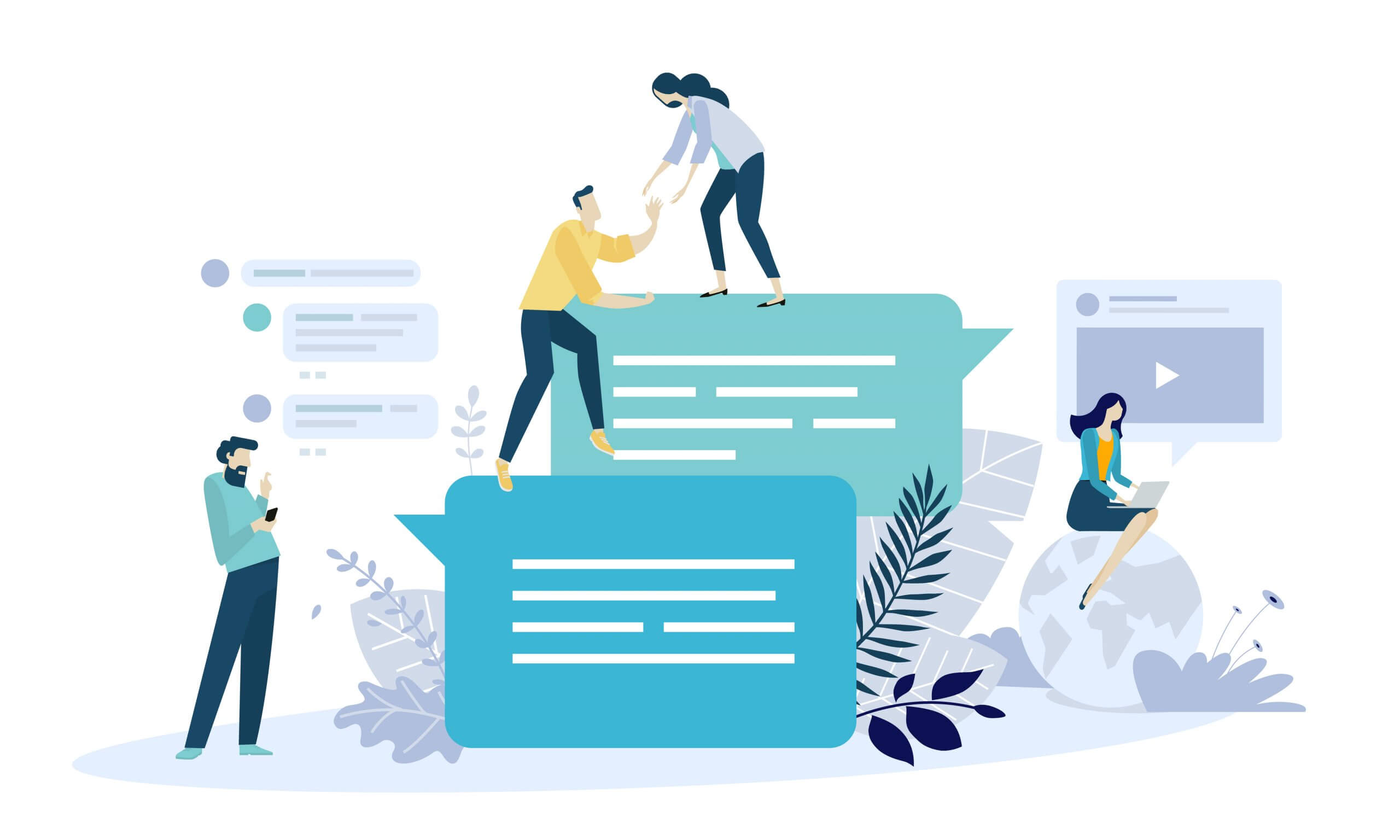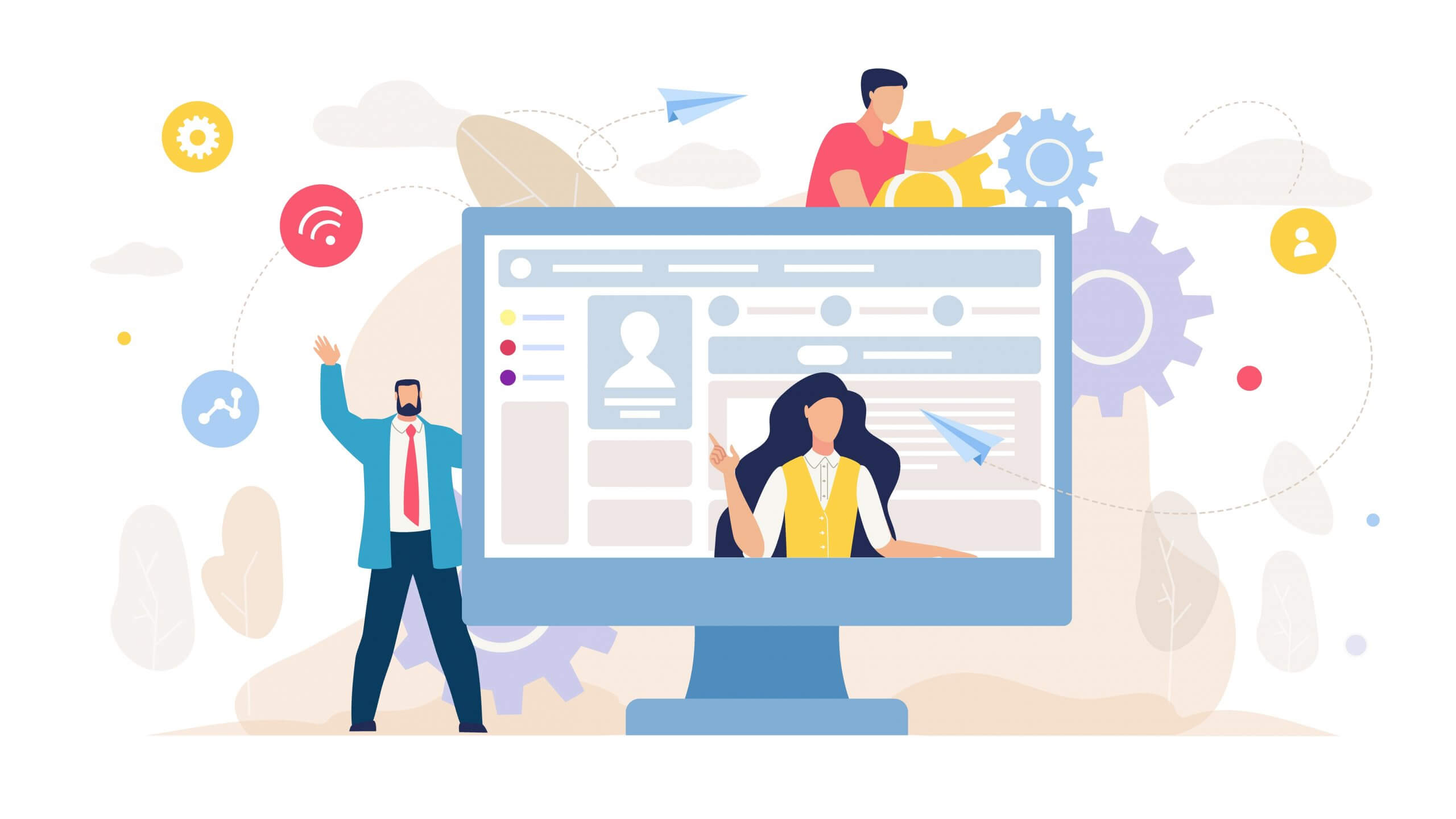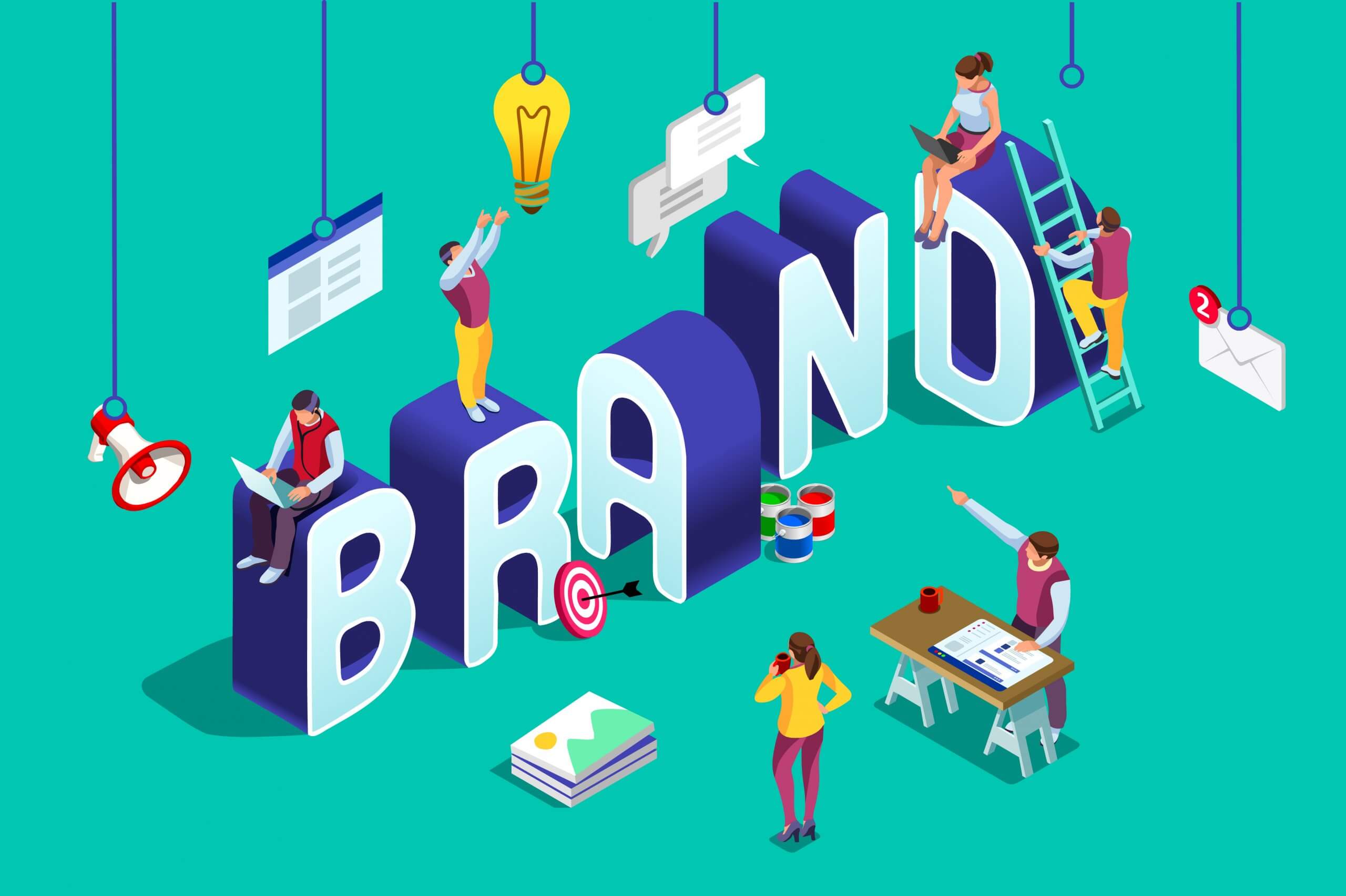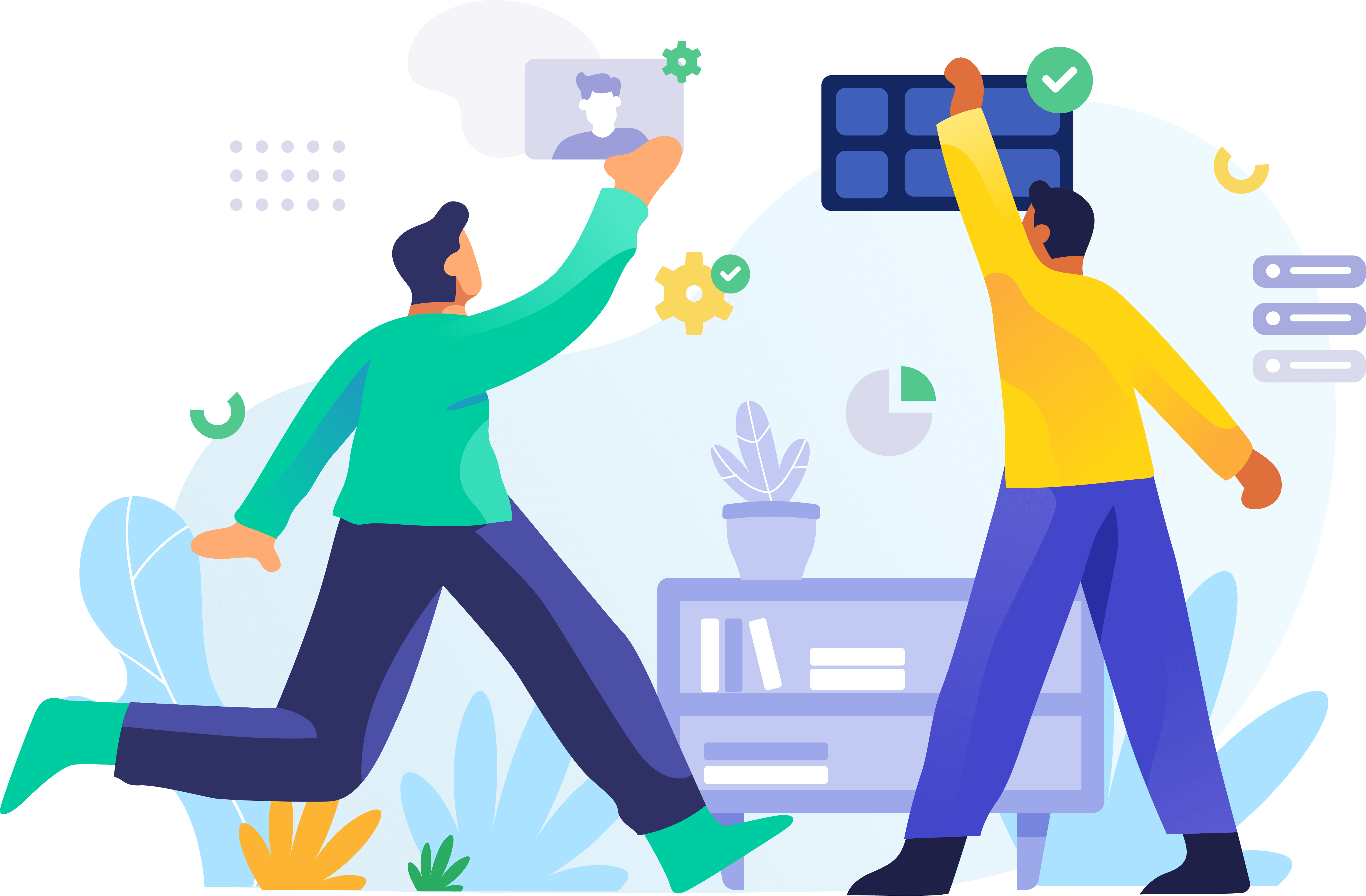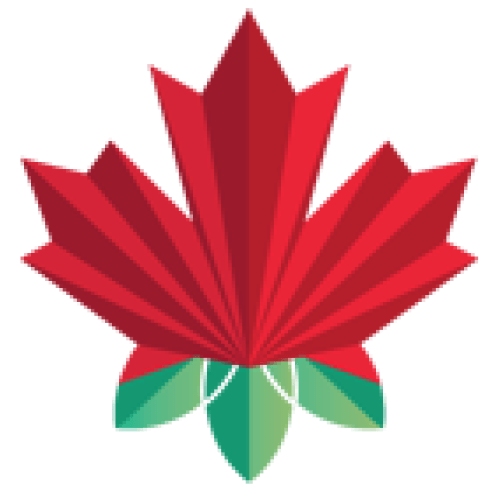Welcome to The Journey Talk with Rafa Uccello! Here we talk to young marketing professionals about their career journey, aspirations and inspirations. Get to know more about the people that are shaping the future of our industry.
This week, we chatted with Amani Youssef, a young marketer who graduated amidst the pandemic—a challenging feat! However, it gave her time to reflect and understand more about what she wants for her future.
Profile Section
Name: Amani Youssef
Pronouns: She/her
Education: Advertising and Marketing Communications Diploma, Humber College
Favourite Quote: “No problem can be solved from the same level of consciousness that created it” —Albert Einstein
Guilty Pleasure: Music

Q: How did you decide what you wanted to study in college?
A: First, I wanted to get into fashion, then acting, then signing. However, with time, I started to understand what really could work for me. Or not. In grade 12, I was stuck. And while talking to my dad, I mentioned how all of my hobbies didn’t feel viable as a successful career path; they did not align with my future goals in life.
My dad then suggested going the marketing route. He introduced me to the Marketing Communications & Advertising Diploma program at Humber. I was a bit hesitant; however, my family motivated me to give it a shot. I didn’t want to take a break after high school, so I started my program when I was seventeen. It was only two years, so I felt if I didn’t like it, I could still switch direction, and I would have my first diploma by 19. I started enjoying the program mostly after my first year; I’m so grateful I made that choice.
Q: Now that you have finished school, do you still want to pursue marketing?
A: I do! Right now, I’m leaning more toward advertising. I also really enjoy the social media aspect of marketing. While I was in school, I had a lot of interest in copywriting until I started visiting agencies and got a better understanding of that role or function. It didn’t fit my every-day work goals and personality; it was way more complicated than I thought.
Q: What is something you would like to achieve in your career?
A: Right now, I don’t have a clear idea of what my dream career would look like. I consider this more of a personal goal; I just want to be content with whatever I am doing. I don’t necessarily believe everyone has to have a dream goal or career; those are just materialistic goals, and we’ll always want more, anyway. I’d love to have the opportunity to work with brands and agencies I admire, but I will never accomplish these goals if I’m not content with myself, and with what I am doing.
Q: What is something that you learned that has been impactful for you?
A: I’m a very bubbly person, and with COVID, I lost a lot of my motivation—I was struggling to be active. While on a drive with my 16-year-old brother, I told him how I didn’t feel motivated, and I didn’t know what to do next. He then told me, “Amani, you shouldn’t depend on motivation to do things, otherwise you will never get anything done. It’s about the discipline you have on yourself.” This happened recently, but left a significant impact on me. Every time I feel stuck, I remember his advice, and it pushes me to be productive.
Q: What is one thing you wish you knew when starting your career in marketing?
A: To take things more seriously, and be patient. When I first started school, I was young, and I thought I was prepared for college life. But I wasn’t. I learned the importance of being present in class, developing a relationship with your professors, and being patient. “You are going to get through it”, I would say to myself.
Q: What keeps you motivated and inspired in your professional life?
A: Many people say social media can be toxic for many reasons, which I agree with—to a certain extent.
I also believe it’s about how you use it to your benefit. TikTok, for example, has been helpful. I follow many young entrepreneurs; it’s fascinating to see how they are building their careers and success. This motivates me to see that it really is possible to get where I aspire to be one day, and keeping up with many different examples online—and drawing inspiration from it.

